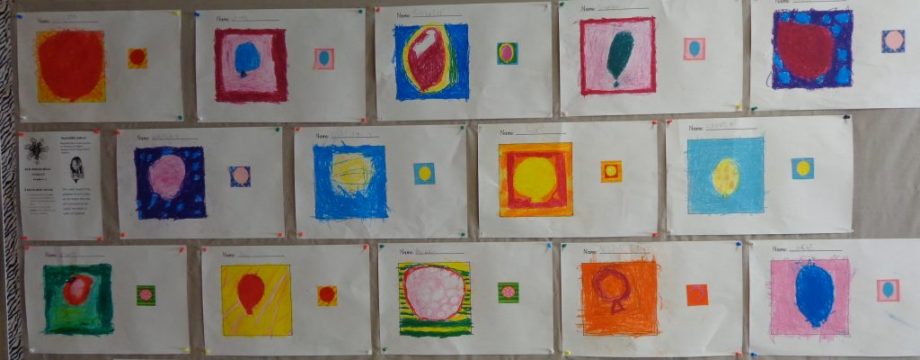“Light can be produced and it’s properties can be changed.”
We have been exploring light and shadows in science, and this week our experiment was related to different sources of light. Thank you to all the students who brought in a variety of lights for us to use! We had night lights, flashlights, lamps, string lights, and candles. We closed the blinds, turned out our overhead lights, and turned on all our new light sources. It was amazing. We even had blue, purple, and orange lights. After making our rounds to observe all the light sources, and count how many we had (21!) we gathered together to share our observations and predictions.
We discussed the types of light (natural and artificial, incandescent and florescent). We noted the coloured lights–and made predictions on how and why that occurs. After recording our observations as a group we headed to our science books to draw and label 3 light sources.
This exploration highlighted the following curricular competencies:
- Demonstrate curiosity and a sense of wonder about the world
- Observe objects and events in familiar contexts
- Ask questions about familiar objects and events
- Make simple predictions about familiar objects and events
- Make and record observations
- Compare observations with predictions through discussion
- Identify simple patterns and connections
- Transfer and apply learning to new situations
- Communicate observations and ideas using oral or written language, drawing, or role-play
[ngg_images source=”galleries” container_ids=”6″ display_type=”photocrati-nextgen_basic_thumbnails” override_thumbnail_settings=”0″ thumbnail_width=”100″ thumbnail_height=”75″ thumbnail_crop=”1″ images_per_page=”20″ number_of_columns=”0″ ajax_pagination=”0″ show_all_in_lightbox=”0″ use_imagebrowser_effect=”0″ show_slideshow_link=”1″ slideshow_link_text=”[Show as slideshow]” order_by=”sortorder” order_direction=”ASC” returns=”included” maximum_entity_count=”500″]Stay tuned–our next science exploration will be our trip to Science World.

